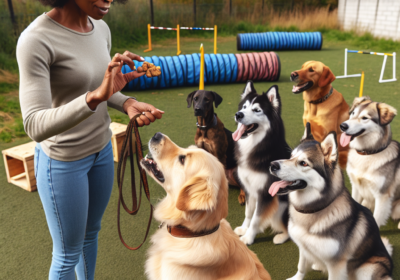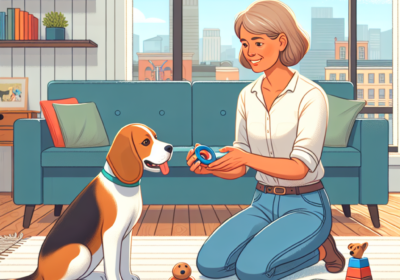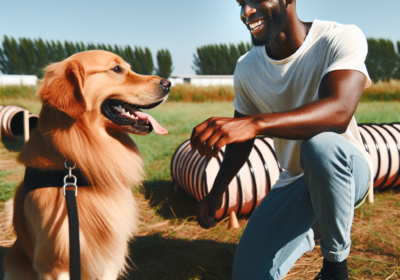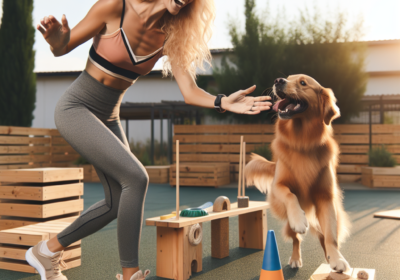Creating a Stronger Connection with Your Dog through Canine Freework
Table of Contents
- Understanding Canine Freework: The Basics of Building Trust and Bonding with Your Dog
- Enhancing Communication: How Canine Freework Improves Your Dog’s Confidence and Responsiveness
- Practical Tips for Canine Freework: Activities and Exercises to Strengthen Your Relationship with Your Dog
Creating a Stronger Connection with Your Dog through Canine Freework
Building a deep and meaningful bond with your dog is essential for a harmonious and fulfilling relationship. Canine Freework, a concept that emphasizes the importance of allowing dogs to explore and engage with their environment freely, offers a unique and effective approach to strengthening this connection. By providing opportunities for your dog to use their natural instincts and senses, Canine Freework fosters trust, enhances communication, and promotes mutual understanding. This method not only enriches your dog’s life but also creates a more responsive and attentive companion, ultimately leading to a stronger and more resilient bond between you and your furry friend.
Understanding Canine Freework: The Basics of Building Trust and Bonding with Your Dog
Canine Freework is an innovative approach to dog training that emphasizes the importance of building trust and fostering a deep bond between you and your dog. Unlike traditional training methods that often rely on commands and obedience, Canine Freework encourages a more holistic and empathetic interaction. This method allows dogs to explore their environment freely, engage their senses, and make choices, thereby promoting mental stimulation and emotional well-being. Understanding the basics of Canine Freework can significantly enhance the relationship you share with your canine companion.
At its core, Canine Freework is about creating an environment where your dog feels safe and confident to express natural behaviors. This approach is rooted in the belief that dogs, like humans, thrive when they are given the freedom to explore and make decisions. By setting up a variety of sensory-rich activities and obstacles, you can provide your dog with opportunities to use their innate problem-solving skills. This not only keeps them mentally engaged but also helps to build their confidence. As your dog navigates through different textures, scents, and objects, they learn to trust their instincts and, by extension, trust you as their guide.
Transitioning from traditional training methods to Canine Freework requires a shift in perspective. Instead of focusing on obedience and control, the emphasis is placed on observation and understanding. By closely watching your dog’s reactions and behaviors, you can gain valuable insights into their preferences and anxieties. This observational approach allows you to tailor the activities to suit your dog’s individual needs, thereby creating a more personalized and effective training experience. Moreover, this method fosters a sense of mutual respect and understanding, which is crucial for building a strong and lasting bond.
One of the key benefits of Canine Freework is its ability to reduce stress and anxiety in dogs. Many behavioral issues stem from a lack of mental stimulation and an inability to express natural behaviors. By providing an outlet for these behaviors, Canine Freework can help alleviate common problems such as excessive barking, chewing, and aggression. Additionally, the positive reinforcement inherent in this method encourages your dog to associate training sessions with fun and relaxation, rather than stress and pressure. This positive association further strengthens the bond between you and your dog, making future training sessions more enjoyable and productive.
Furthermore, Canine Freework is highly adaptable and can be practiced in various settings, from your backyard to a local park. The flexibility of this approach makes it accessible to dog owners with different lifestyles and living situations. Whether you have a high-energy breed that requires extensive physical activity or a more sedentary dog that benefits from mental challenges, Canine Freework can be customized to meet their specific needs. This adaptability ensures that all dogs, regardless of age or breed, can benefit from this enriching and engaging training method.
In conclusion, Canine Freework offers a unique and effective way to build trust and strengthen the bond between you and your dog. By allowing your dog to explore their environment freely and make choices, you promote mental stimulation, reduce stress, and foster a deeper understanding of their needs and preferences. Transitioning to this method requires a shift in perspective, focusing on observation and empathy rather than control and obedience. The benefits of Canine Freework are manifold, making it a valuable addition to any dog owner’s training repertoire. Through this approach, you can create a more harmonious and fulfilling relationship with your canine companion, grounded in trust, respect, and mutual understanding.
Enhancing Communication: How Canine Freework Improves Your Dog’s Confidence and Responsiveness
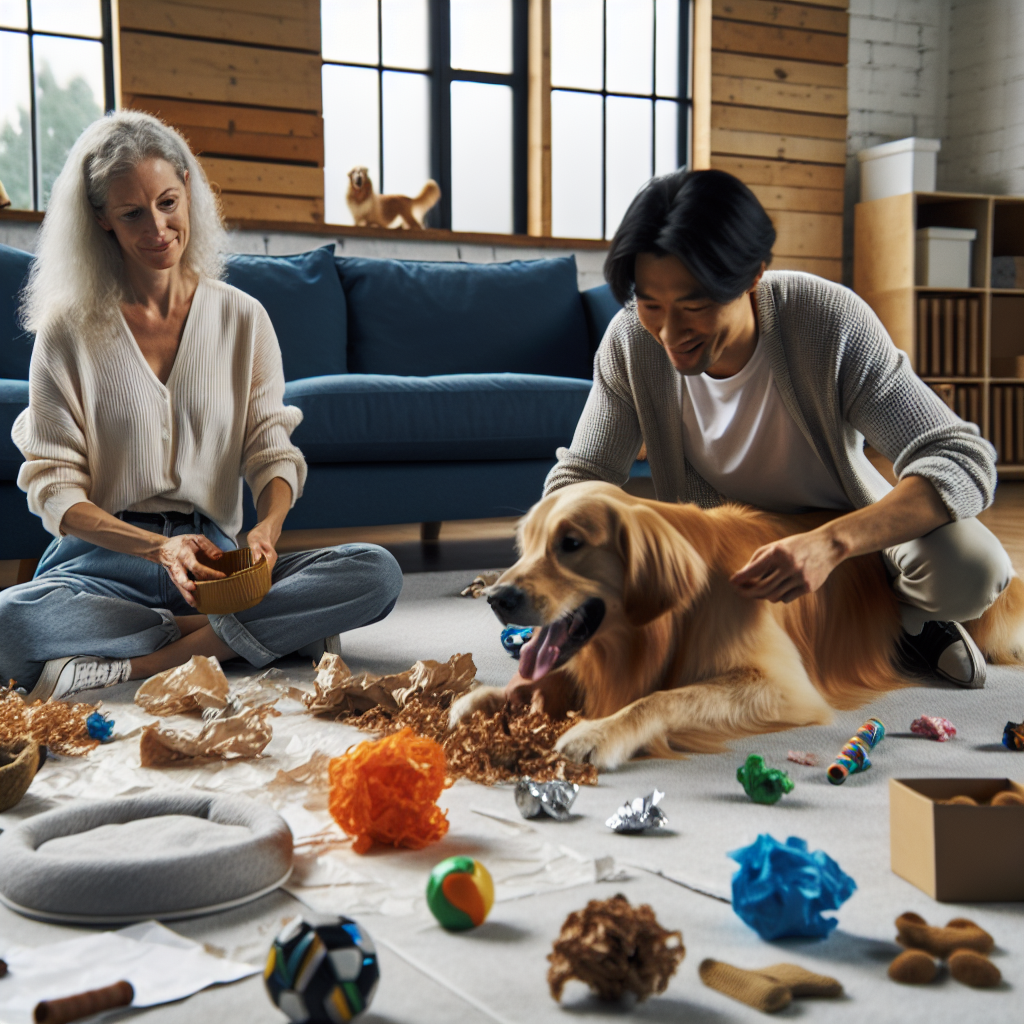
Canine Freework is an innovative approach to dog training that emphasizes the importance of allowing dogs to explore their environment freely, thereby enhancing their confidence and responsiveness. This method, which diverges from traditional obedience training, focuses on creating a stronger bond between the dog and its owner through mutual understanding and communication. By engaging in Canine Freework, owners can observe their dogs’ natural behaviors and preferences, which in turn fosters a deeper connection and a more harmonious relationship.
One of the primary benefits of Canine Freework is its ability to boost a dog’s confidence. When dogs are given the freedom to explore and interact with their surroundings without constant direction, they develop a sense of autonomy and self-assurance. This is particularly beneficial for dogs that may be shy or anxious, as it allows them to navigate their environment at their own pace. As dogs become more confident in their abilities to make decisions and solve problems, they are more likely to exhibit positive behaviors and respond well to training.
Moreover, Canine Freework enhances communication between the dog and its owner. Traditional training methods often rely on commands and corrections, which can sometimes lead to misunderstandings and frustration for both parties. In contrast, Canine Freework encourages owners to observe and interpret their dogs’ body language and signals. This observational approach helps owners to better understand their dogs’ needs and preferences, leading to more effective and empathetic communication. As a result, dogs are more likely to feel understood and valued, which strengthens the bond between them and their owners.
In addition to improving confidence and communication, Canine Freework also promotes mental and physical stimulation. By allowing dogs to explore different textures, scents, and objects, this method engages their senses and keeps their minds active. This type of enrichment is crucial for a dog’s overall well-being, as it prevents boredom and reduces the likelihood of destructive behaviors. Furthermore, the physical activity involved in exploring and interacting with the environment helps to maintain a dog’s physical health and fitness.
Transitioning to Canine Freework from traditional training methods may require a shift in mindset for some owners. It is important to approach this method with patience and an open mind, as it may take time for both the dog and the owner to adjust to this new way of interacting. Owners should start by providing a safe and stimulating environment for their dogs to explore, gradually increasing the complexity of the environment as the dog becomes more comfortable and confident. It is also essential to observe the dog’s behavior closely and to provide positive reinforcement for desirable behaviors.
In conclusion, Canine Freework offers a holistic approach to dog training that prioritizes the dog’s natural behaviors and preferences. By fostering confidence, enhancing communication, and promoting mental and physical stimulation, this method helps to create a stronger and more harmonious connection between dogs and their owners. While it may require a shift in mindset and approach, the benefits of Canine Freework are well worth the effort. By embracing this method, owners can help their dogs to become more confident, responsive, and well-adjusted, ultimately leading to a more fulfilling and enjoyable relationship for both parties.
Practical Tips for Canine Freework: Activities and Exercises to Strengthen Your Relationship with Your Dog
Creating a stronger connection with your dog through canine freework is an enriching experience that can significantly enhance the bond between you and your furry companion. Canine freework, a concept that emphasizes allowing dogs to explore and engage with their environment freely, can be a powerful tool in building trust and understanding. By incorporating specific activities and exercises into your routine, you can foster a deeper relationship with your dog while also promoting their physical and mental well-being.
To begin with, it is essential to understand the core principles of canine freework. This approach encourages dogs to use their natural instincts and abilities to navigate their surroundings. By providing opportunities for exploration and problem-solving, you can help your dog develop confidence and independence. One effective way to implement this is through sensory enrichment activities. For instance, setting up a sensory garden with various textures, scents, and objects can stimulate your dog’s senses and curiosity. This not only keeps them engaged but also allows you to observe their preferences and behaviors, thereby gaining insights into their personality.
Transitioning from sensory enrichment, another valuable exercise is the use of interactive toys and puzzles. These tools challenge your dog’s cognitive abilities and provide mental stimulation. Toys that dispense treats or require problem-solving can keep your dog occupied and mentally sharp. Moreover, engaging in these activities together can strengthen your bond as you work collaboratively to solve the puzzles. It is important to choose toys that are appropriate for your dog’s size and skill level to ensure they remain motivated and do not become frustrated.
In addition to interactive toys, incorporating physical activities into your canine freework routine is crucial. Activities such as agility training or obstacle courses can be highly beneficial. Setting up a simple course in your backyard with items like tunnels, jumps, and weave poles can provide both physical exercise and mental stimulation. As you guide your dog through the course, you build trust and communication, reinforcing your role as a supportive partner. Furthermore, these activities can be tailored to suit your dog’s abilities and preferences, ensuring they remain engaged and enthusiastic.
Another practical tip for canine freework is to incorporate scent work into your routine. Dogs have an incredible sense of smell, and engaging in scent-based activities can be immensely rewarding for them. Simple exercises like hiding treats around the house or yard and encouraging your dog to find them can provide mental stimulation and satisfy their natural hunting instincts. Additionally, more structured scent work, such as training your dog to identify specific scents, can be a fun and challenging activity that deepens your connection.
Finally, it is important to remember that the key to successful canine freework lies in patience and observation. Each dog is unique, and their preferences and abilities will vary. By paying close attention to your dog’s responses and adjusting activities accordingly, you can create a positive and enriching experience for both of you. Regularly incorporating these activities into your routine can lead to a stronger, more trusting relationship with your dog, built on mutual respect and understanding.
In conclusion, canine freework offers a multitude of opportunities to strengthen your bond with your dog. Through sensory enrichment, interactive toys, physical activities, and scent work, you can provide a stimulating and supportive environment that promotes your dog’s well-being. By approaching these activities with patience and attentiveness, you can foster a deeper connection and enjoy a more fulfilling relationship with your canine companion.
Read more about Canine Freework
Canine Freework and Bonding with Your Dog
– Building Trust and Communication with Canine Freework
– Positive Effects of Canine Freework on the Human-Canine Bond
– Incorporating Canine Freework in Training for Rescue Dogs
– Canine Freework for Dogs with Behavioral Issues
– Creating a Stronger Connection with Your Dog through Canine Freework





